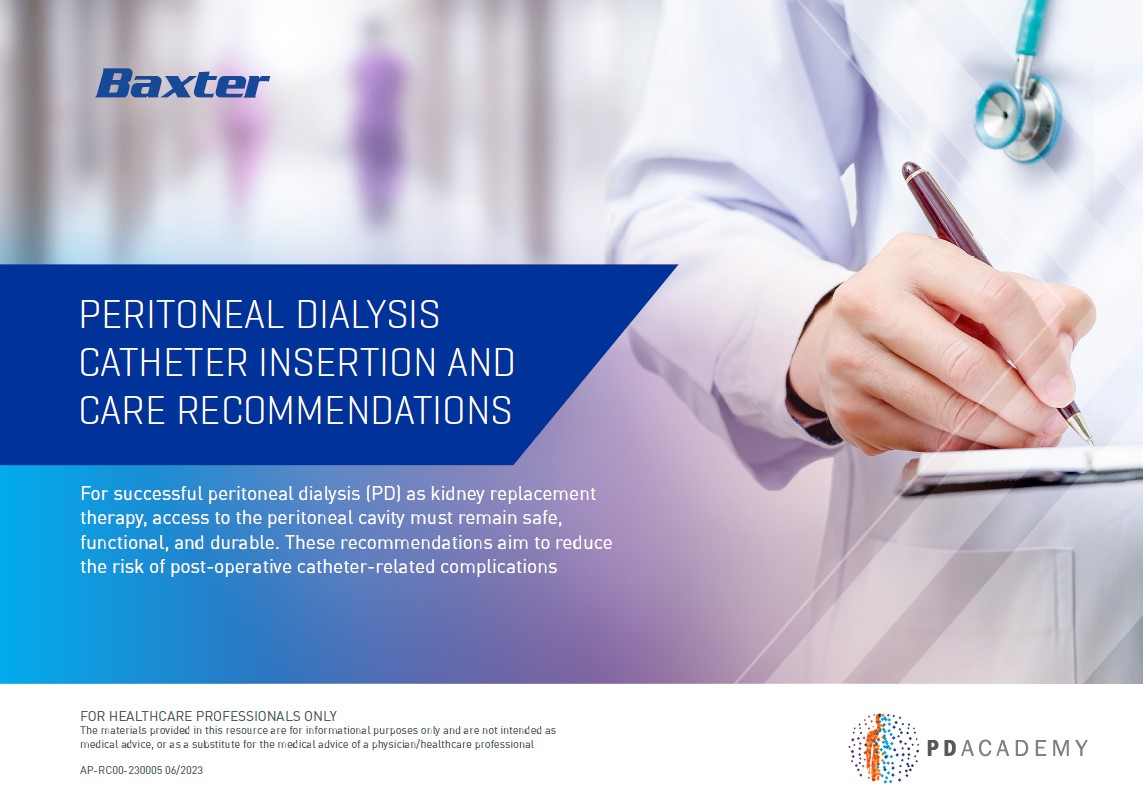PD Management Series
Management of Peritonitis
Peritoneal dialysis (PD)-associated peritonitis is the most common type of PD-related infection and is a serious complication in PD. This resource gives an overview of key information highlighted in the 2022 ISPD Peritonitis Guideline Updates to help clinicians in optimizing management for their patients.
Management of Exit-site Infections
Catheter-related infections in patients undergoing peritoneal dialysis need to be managed timely and effectively. This resource aims to provide a summary of the information listed in the 2023 ISPD Catheter-Related Infection Recommendations Guidelines as a quick and easy reference for physicians.

Management of Mechanical Catheter Complications
This Key Assessment: Mechanical Catheter Complications interactive guide was developed based on a review of current medical literature and the recommendations by the International Society for Peritoneal Dialysis (ISPD). It aids clinicians in performing assessments to identify and manage catheter complications. By its nature, this guide is non-exhaustive and should not replace the independent clinical judgment of the healthcare provider.

Peritoneal Dialysis Catheter Insertion and Care Recommendations
For successful peritoneal dialysis (PD) as kidney replacement therapy, access to the peritoneal cavity must remain safe, functional, and durable. These recommendations aim to reduce the risk of post-operative catheter-related complications.